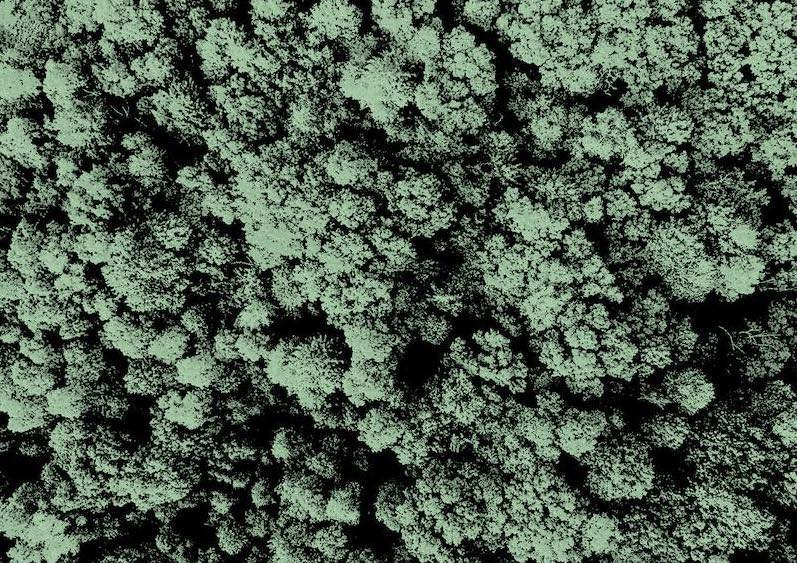What is it about?
The work describes a preliminary methodology assessment for the automatic optimisation of a nacelle intake using either a standard decoupled approach and a fully coupled model to represent the engine. A Design of Experiment is used to study the influence of geometric parameters for a standard flight model nacelle and the sensitivity to the engine model is discussed.
Featured Image

Photo by Luka Slapnicar on Unsplash
Why is it important?
The work provides a first insight into a procedure for nacelle intake optimisation where the presence of the engine fan is actively modelled through a fully coupled method, based on the body force representation. In view of the reduction of the intake length/diameter ratio, the development of modelling approaches that consider the effect of the fan on the intake flow is mandatory, as a decoupled approach fails in reproducing the real flow field.
Perspectives

The procedure can be extended to deal with more aggressive intake designs for ultra-high bypass ratio engines, where the tighter engine integration enhances the flow nonuniformities either at design and off-design condition, and must be prpoerly simulated.
Andrea Magrini
Universita degli Studi di Padova
Read the Original
This page is a summary of: Sensitivity analysis of nacelle intake high-incidence aerodynamics including a body force fan model, January 2021, American Institute of Aeronautics and Astronautics (AIAA),
DOI: 10.2514/6.2021-0606.
You can read the full text:
Contributors
The following have contributed to this page








